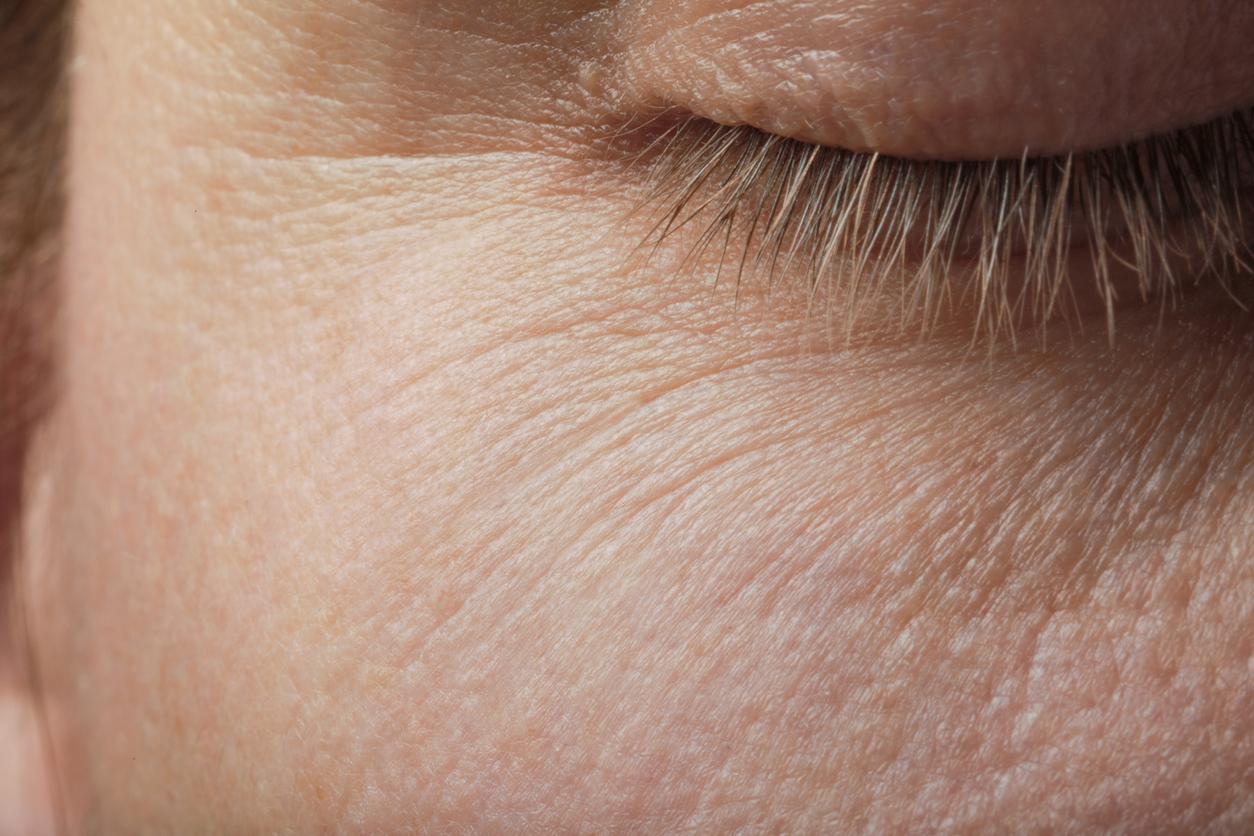Yes, you read that right. In 2013, an Italian neurosurgeon named Sergio Canavero published an article in the scientific journal Surgical neurology International asserting that the graft of a living person’s head over a dead body was an achievable technical feat. After 30 years of research on the subject, the specialist will present his project at the next congress of the American Academy of Neurological Surgery which will take place in June 2015.
For the scientist, such a transplant would allow people with incurable diseases or quadriplegic to find a viable body. And if the idea is not new, in practice, such a surgical operation turns out to be rather delicate.
First of all, it would be necessary to be able to keep the head of the patient to be transplanted alive for the time necessary to rebuild the links between the body and the head. On the other hand, the body of the giver deceased will require special care so that all organs and tissues remain viable. Finally, science does not yet know how to merge the spinal cords together, a detail of size.
Already in 1970, Dr. Robert White had attempted to graft the head of one monkey onto the body of another. If the poor animal had not died instantly and had regained hearing and taste, the surgeon had not succeeded in reestablishing the nerve connections between the two parties. But the idea is a little crazy, because if we really knew how to reconstruct the networks of the spinal cord, many paraplegics could be treated without the need for another body.
Between risk of rejection and ethical questions
For the Italian Canavero, this key step is not for all that a problem, because it would now be settled: “Today, we have the techniques to accomplish this reconnection. Work has shown that chemical substances […] induce the fusion of cut nerve fibers. We could, thanks to this, reconnect more than 50% of axons. However, according to the literature, the connection of only 10% of descending fibers of the spinal cord is enough to restore voluntary control of motor skills, ”he assures in an interview cited by Science and the Future.
There remains the problem of rejection. For other scientists, certain organs of the body such as the liver or the spleen may not recognize the new brain and therefore reject the head. And in such an extreme case, not sure that the usual anti-rejection treatments are enough.
Obviously, such a project raises many ethical and legitimate questions. On the one hand, the psychological consequences of such a transplant are difficult to predict, and difficult to overcome. On the other hand, the scientific community is worried about the risk of drift, imagining that an elderly person wants to change their body to appear younger. And what if the transplant recipient wants to have a child with the donor’s body?
Rest assured, such surgery still remains in the realm of science fiction, as the ethical reluctance and technical difficulties are great.
Read also :
Liver transplant: the impossible choice of a father to save one of his two twins
A little girl saved thanks to the heart of another
Kidney transplant: donating a kidney while alive is possible
















